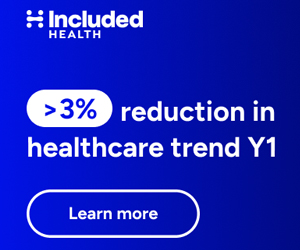So it’s time for book reviews on THCB. The first book I will talk about is an excellent business written by — full disclosure — my good friend Tony Seba. For several years now Tony has been teaching a course on high-tech marketing strategy. I used to think this was just a chance for him to hang out at Stanford and spend some time in New Zealand, but in fact the course he has developed combines interesting and relevant business cases with general marketing lessons, and most importantly practical explanations of what to do about it if you are creating a business.Now Tony has put his course into a book, so you can get the benefit of his wisdom, without having to go to class. The book is called Winners Take All – The 9 Fundamental Rules of High Tech Strategy. I was really very surprised when I read it because the articles and examples that Tony brings up are things that may appear obvious. But from my time working in even small corporations, I know how hard it is for people to organize and coalesce around getting those things done. Tony’s basic thesis is that for most high-technology markets, one corporation tends to dominate an entire product line. Of course that is not a new theory, but what Tony has successfully done is to identify nine rules that allow companies and products which are in different parts of their life cycle to effectively dominate their markets.
What is particularly useful about the book, beyond the interesting stories and insight you will gain from reading it, is that there are practical ways in which you can put your own project. product or company within the context of the rules. Although Tony is concentrating on high-tech marketing, I think this has many applications for projects and products within the world of healthcare and healthcare technology. And of course any of those of you reading this who are thinking about developing new products for sale to the healthcare industry will have to take the marketing rules deeply to heart.
Interestingly enough, even though I’m pretty sure Tony could have got a standard publishing contract for his work, he decided to publish it at Lulu.com in what he calls a beta version. His argument is that it’s better to get the book out now and to get feedback and incorporate it into the rest of his course and his work, then to take on the traditional 18 months publishing process. But if you go and buy the book at Lulu, which I highly encourage, you won’t be able to tell any difference from a book you’d get in regular store (unless of course you choose to download the PDF version). So not only are you looking at the future of high-tech strategy, you are also looking at the future of publishing. Given that one of the industry’s that has been revolutionized by on demand online access to their product is low recording business, and it’s one that Tony featured in the book, I suspect that the publishing industry should be similarly concerned.
The other book I am reviewing is of a somewhat different flavor. It is one that has been advertising on THCB for the past couple of months, so I felt honor bound to take a quick read. The book is called On Track to Quality, written by James Todd, a professor of pediatrics at Denver Children’s Hospital. Essentially James has developed ten major rules around quality, many of which will be familiar to those of us who have tracked the quality movement in healthcare and outside in the past two decades. I was glad to see the pretty early on in the book he gone in favorable mentions to the greatest book about quality of all time, Robert Pirsig’s Zen and the Art of Motorcycle Maintenance, and in fact the style of Todd’s book reflects some of the qualities of that hippy classic. In the case of On Track to Quality instead of it largely being a discussion between a man, his alter ego and his son on a motorcycle journey, it is a discussion between a group of unlikely passengers on a snowbound train heading across the Rockies. However the passages include enough characters that one suspects that Todd has had some interesting beyond those one would normally associate with an academic pediatrician!
However when one strips away the somewhat stylized way that the material is presented, again in a fairly brief book — it’s just over a hundred pages -there is very useful information about what the quality movement is all about, and a holistic view of how it might be applied to medicine and healthcare. I particularly liked the way each chapter ends with a summary of the rule, and that you could build out the 10 rules and make them relevant to your own situation.











